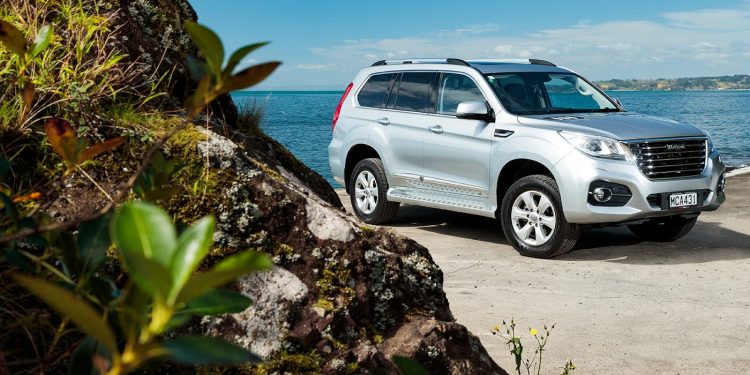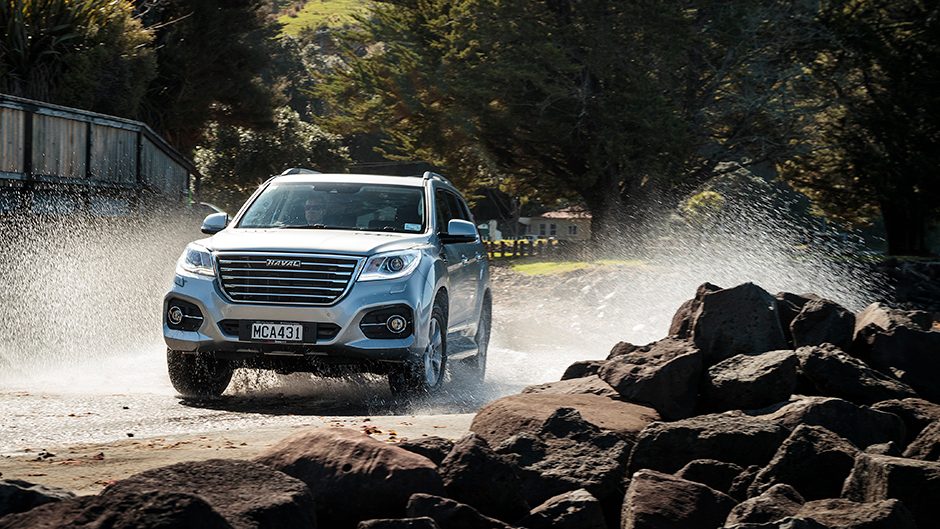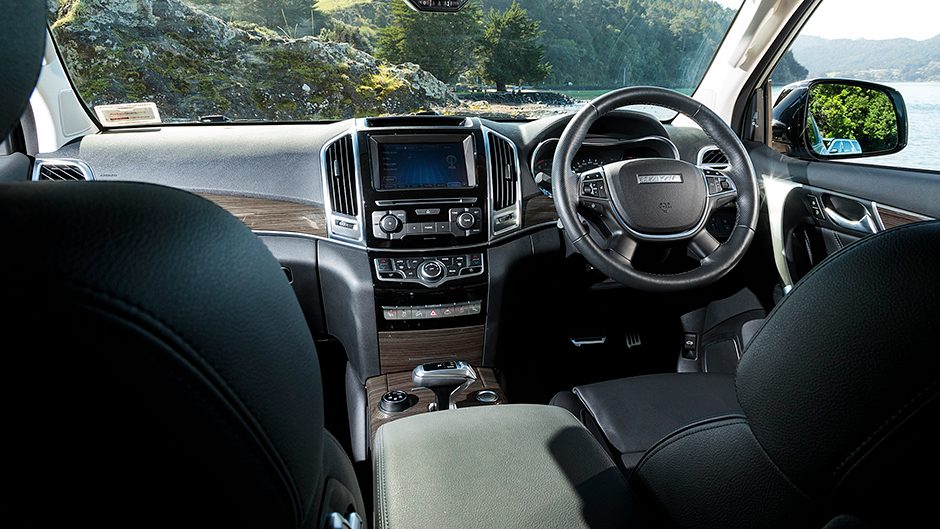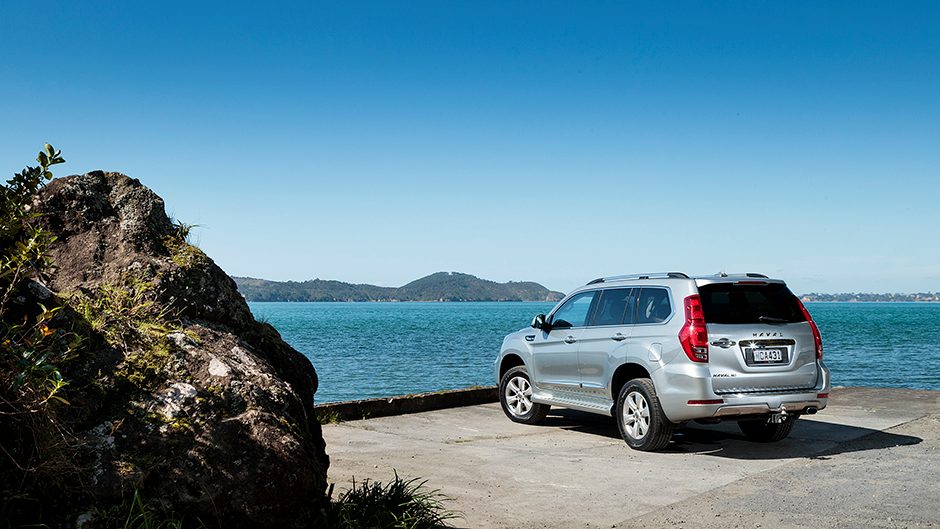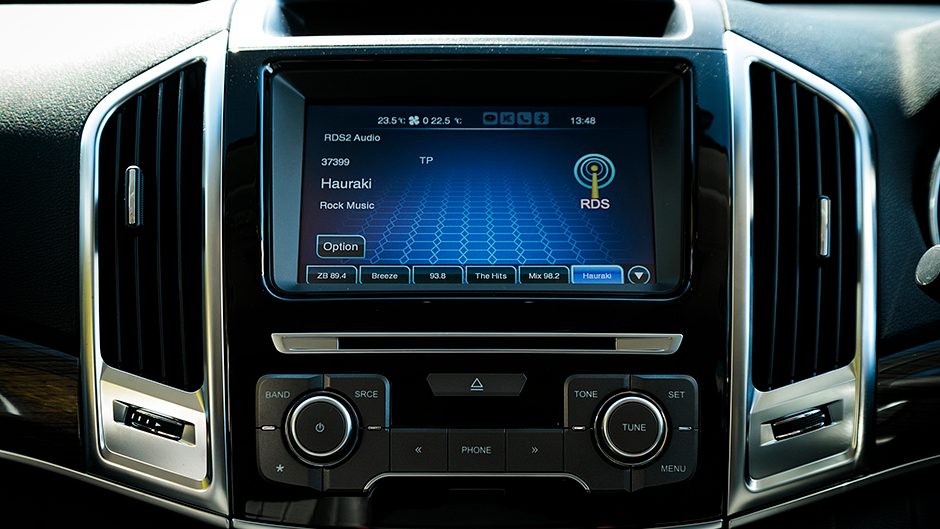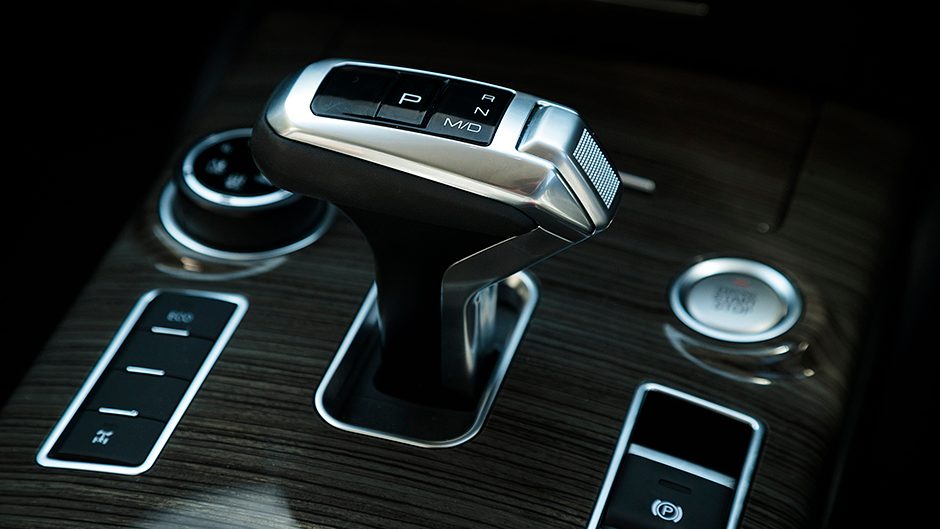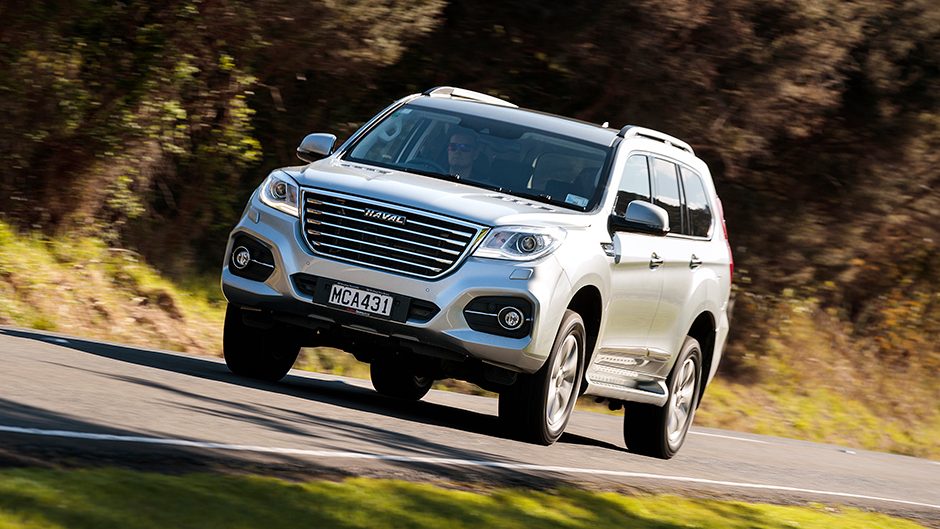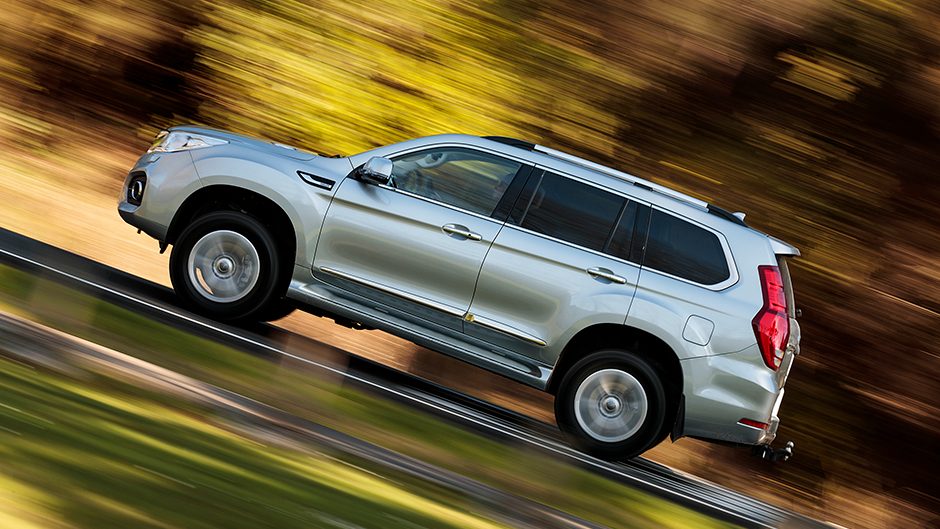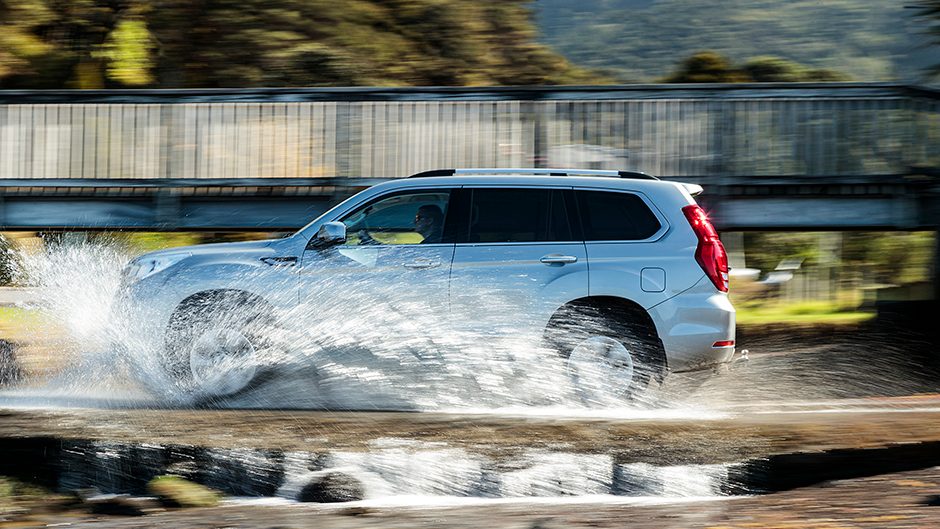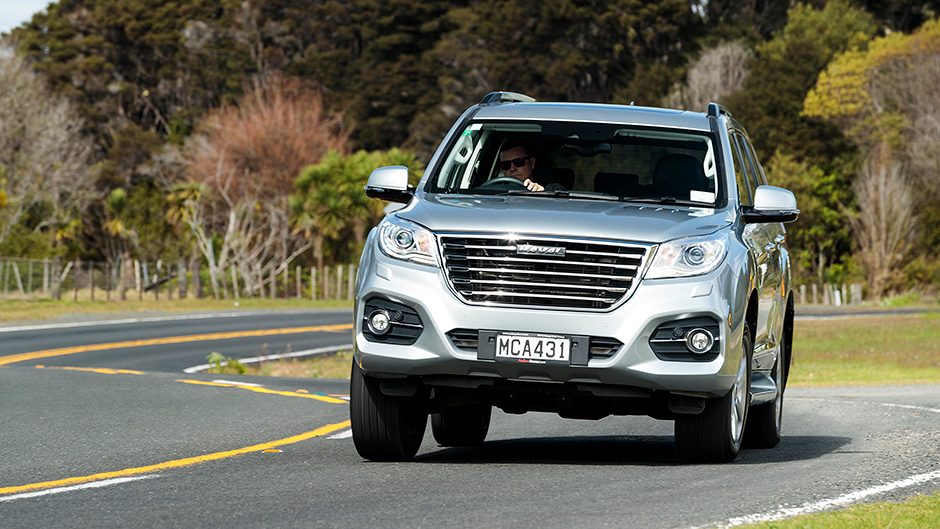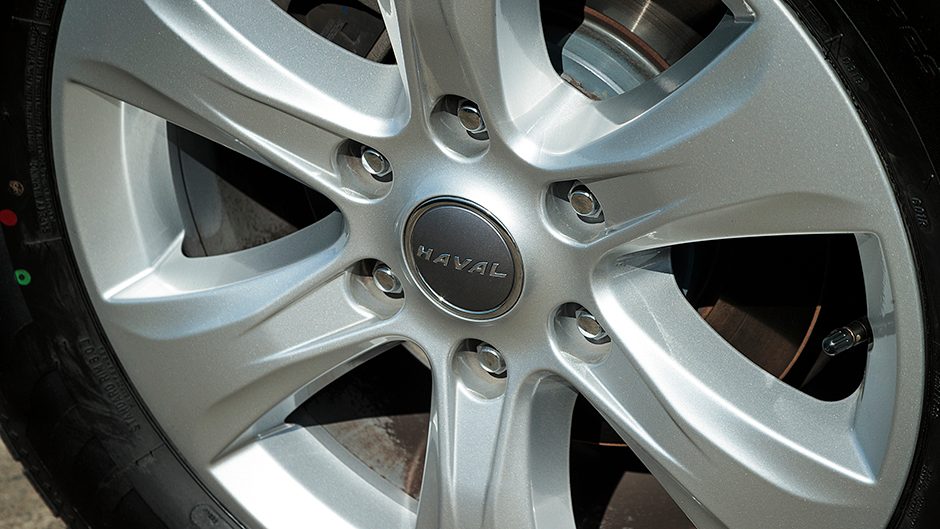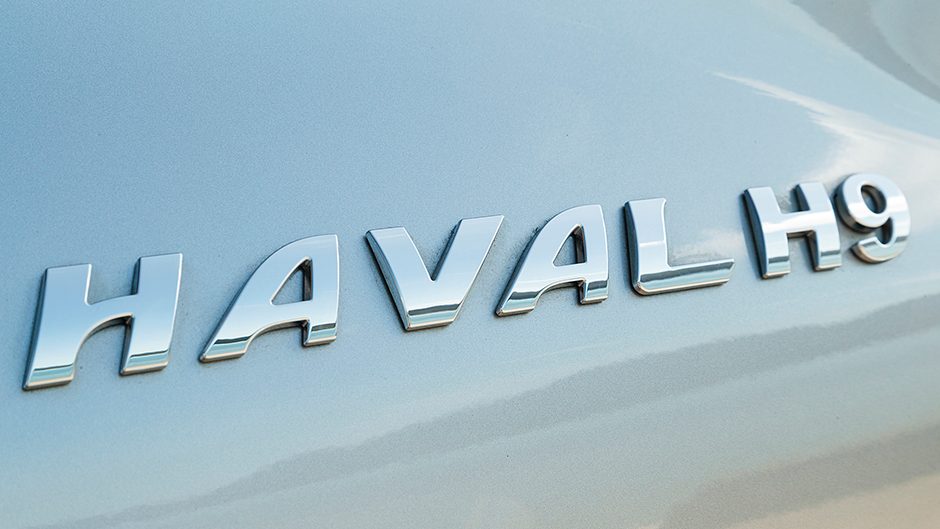2019 Haval H9 Ultra review
Words Kyle Cassidy | Photos Tom Gasnier
We were surprised by Haval’s H6 last month but the value of the company’s H9 is even more impressive when considering the competition. It’s keen if you’re willing.
Those looking for a large SUV have two choices; a big, car-like wagon along the lines of a Mazda CX-9 or Toyota Highlander, or a proper 4×4 with a full chassis. That latter category you can distill further with ute-based wagons like the Fortuner or Trailblazer, while the likes of your Cruisers sit on their own chassis and utilise more competent four-wheel drive gubbins. This tends to make them more refined, but also expensive.
Into this mix you can include the Haval H9, and although not quite in the same league as the Cruiser, it’s certainly far more attainable. This is a full size, body-on-frame 4×4 with a low-range transfer case and seats for seven. But whereas a Prado costs between $70k and $90k, Haval is keeping its value for money promise with the H9, starting from just $43,990 for the Lux model while the Ultra is $47,990. It’s also more refined and feature laden than the still-more-expensive ute-based alternatives.
The key takeaway is to remember that price tag when driving the Haval. It’s simply a lot of truck for the money, and its value helps you gloss over some of its idiosyncrasies.
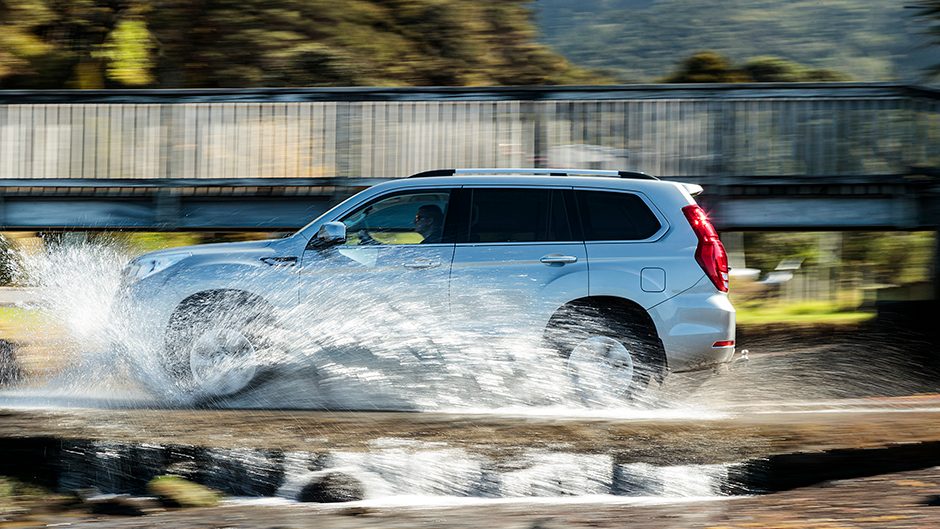
The first of these is what’s under the bonnet. While most in the body-on-frame 4×4 class utilise the pulling efficiency of a diesel, the H9 is only available with a 2.0-litre turbopetrol. That sees it with 180kW, topping most of its diesel burning rivals but with 350Nm of torque, it’s down on pull.
As such it’s about as quick in a straight line as the biturbo Ford Everest. The H9 uses a ZF-supplied eight-speed auto, the extra cogs helping shoulder the burden. This is a fairly easy-going powertrain. The torque is streaming properly from 1800rpm and remains a constant through to 4500rpm. The power peaks at 5500rpm, though the auto often changes around 5000rpm, by which point the engine feels pretty much done anyhow.
While not a revver, it’s certainly adequate for duty here. Only when you are in a real hurry do you notice any real lag off the mark, but for the majority of your commuting work this turbopetrol does fine. The auto is programmed for maximum smoothness, so again, when you’re in a hurry, it can take a moment to kick down. There is a Sport driving mode but it’s accessed via the same rotary dial for the 4×4 hardware, and placed just out of easy reach on the console. It would be preferable if you could just whack the gear lever back into an S mode, but doing so activates a not-so-helpful manual mode instead.
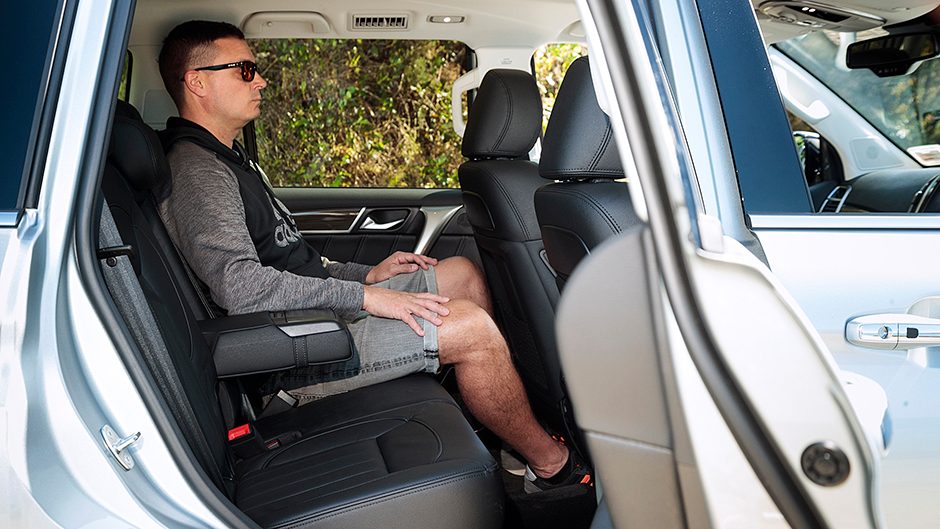
The H9 has a good helping of full chassis wriggle to its proceedings, but is good at blotting the bumps. Its steering is well assisted and with three turns lock-to-lock, it isn’t too cumbersome in traffic and has a decent turning circle. As for fuel use, it’s rated at 10.9L/100km, but factor on 13.5L/100km as a more realistic average around the city, or 11s if you do more easy motorway miles.
The styling is fairly generic but done right for this sort of machine with lots of wheel arch air and masses of metal. The H9 impresses when you first climb aboard. It even smells a bit premium and the ‘leather’ is soft to the touch, as are most of the surfaces, the build quality sound. The infotainment system and the screen itself are in need of an update; apparently CarPlay and AA are on the way later in the year. The seats are comfort plus, and feature heating, ventilation and a massage function.
There’s a fairly hefty list of standard equipment on the Ultra, like a panoramic roof and a heated wheel (four-ways adjustable) while recently added to both H9 models are more active safety bits including AEB and active cruise.
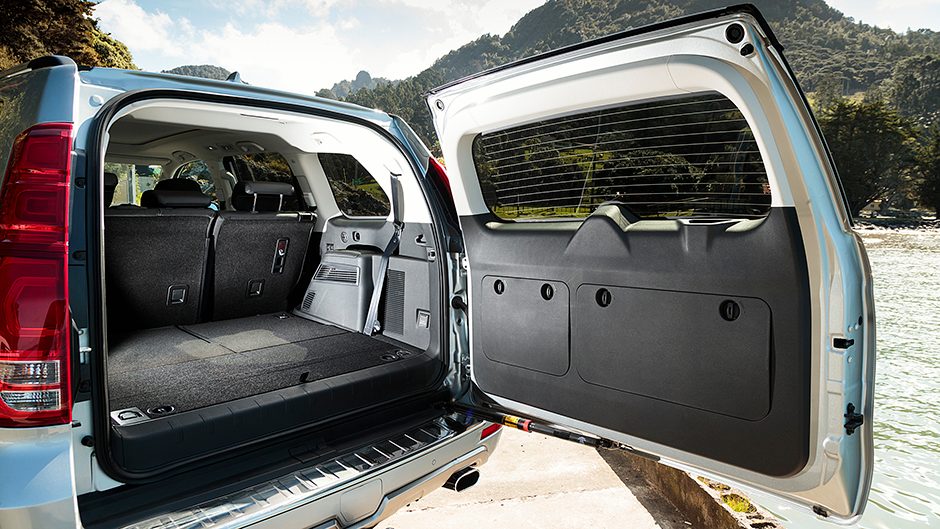
The H9 was judged a four-star car by ANCAP in 2015; it ‘did not perform well enough in the frontal offset test to enable a rating beyond four stars’ according to the crash testers. It’s covered by a five-year/100,000km transferable warranty. When the middle row of this seven seater is moved right the way back, there is plenty of room and the bench is super-comfy with passengers enjoying a third zone of air and USB chargers.
The access to the third row isn’t superb and, being a LHD product originally, it’s on the driver’s side also. The two seats in the rear feature power folding but take their time to unfurl, while the second row needs to be inched forward slightly to allow them room to pop up. The seats are more suited for kids as there’s not enough leg and foot space for an adult to fit comfortably.
With all seven seats in use there’s nothing much left for any luggage, but with the third row stowed there is a good hold, albeit with a high-set floor. The side-hinged tailgate isn’t the most practical design either, but at least there’s no spare wheel on the back, this carried up underneath. Now, to some of those annoying traits we mentioned. While it’s good to have forward collision warning, tailgaters won’t like the system’s undefeatable bonging telling you to back off, but at least it sees you increase that gap to the car in front.
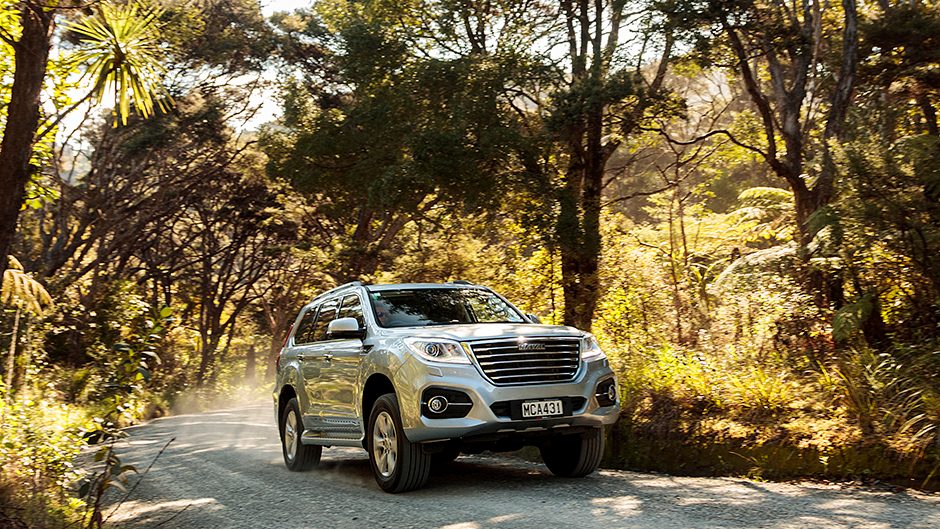
There’s no shortage of bings and bongs from other systems at times too. When in reverse, a voice asks you to ‘select the parking mode’ while muting the radio, which eventually grates. And we discovered this isn’t a self-parking feature, merely instructions on how to park.
The active cruise is easy enough to set once you figure out how the wand works, though can be a tad jerky in traffic. It deactivates once you’re down to a full stop and the ACC overrides all other info on the central LCD display when it’s on.
The full chassis features double wishbones up front and the coil sprung solid rear axle is located via trailing arms, a panhard rod and a sway bar. Drive is sent predominantly to the rear but the electronically controlled centre diff can shunt up to 50 per cent of the drive to the fronts if need be. This it does efficiently as not often do the rear wheels slip, while full lock U-turns are free of any driveline binding.
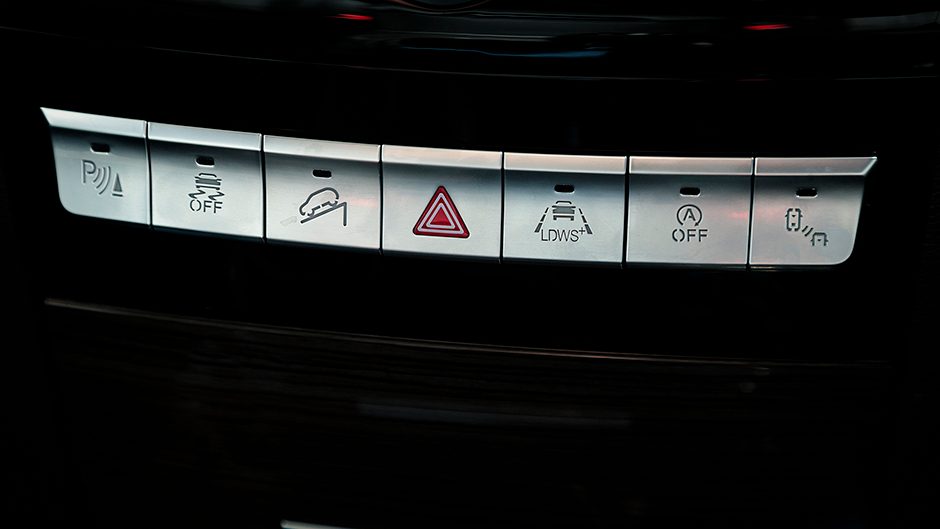
There’s a terrain control system with mud, snow and sand settings, while low range features a 2.48 to one reduction and there’s a locking rear diff as well as hill descent control. Other off road creds include a claimed 700mm wading depth (best to proceed with caution there we think), ground clearance of 206mm (though we think those running boards might get in the way) and a ramp over and departure angle of 23 degrees. The tow rating is 2500kg, which should be plenty but others in the class can tow three tonnes and more.
The H9 cruises along well enough on highways, the ride agreeable and generally quiet, the engine vocal only when working harder on the overtake. While the grip levels on more sinuous trails are adequate, the softer nature of the ride manifests in a degree of roll that usually keeps you from pressing any harder. The tall tyres squirm in the turns, and the inevitable understeer arrives progressively but is easily managed.
The ESP isn’t too nannying, though the hazard lights flicker constantly when you press a little harder on the brakes, which have a spongy action. The stoppers themselves are a little underdone, highlighted by a 45m stopping distance. The steering is fairly remote but it does turn with reasonable immediacy and the action is helped by a slight firming in Sport mode (confirmed with two bongs). This jabs the powertrain along too, the auto a smidge quicker with the changes, and the engine pulls well from 2000rpm.
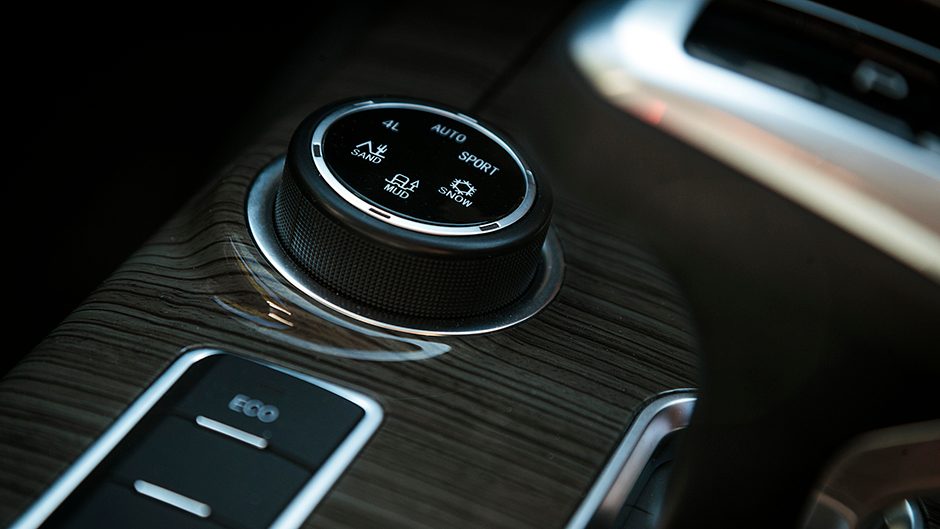
The H9 rides out the bumps of a gravel road nicely, corrugations not worrying it, though watch those larger potholes as they can move the rear end about.
While the H9 is not perfectly executed, it’s a decent large 4×4, and those who have taken it off road are more enamoured with its ability. The value is the key here, undercutting them all on price but not skimming on the specification, versatility or quality.
| Model | Haval H9 Ultra | Price | $47,990 |
| Engine | 1967cc, IL4, T/DI, 180kW/350Nm | Drivetrain | 8-speed auto, all-wheel drive |
| Fuel Use | 10.9L/100km | C02 Output | 254g/km |
| 0-100km/h | 10.21sec | Weight | 2376kg |


